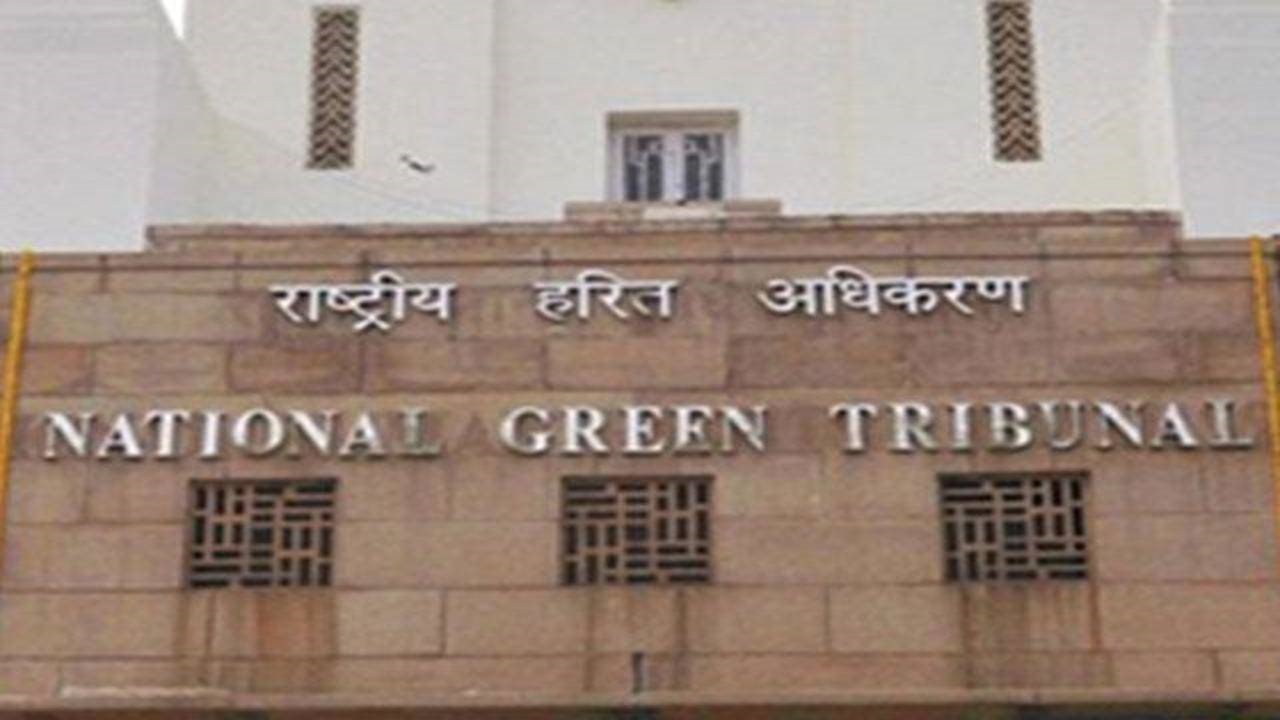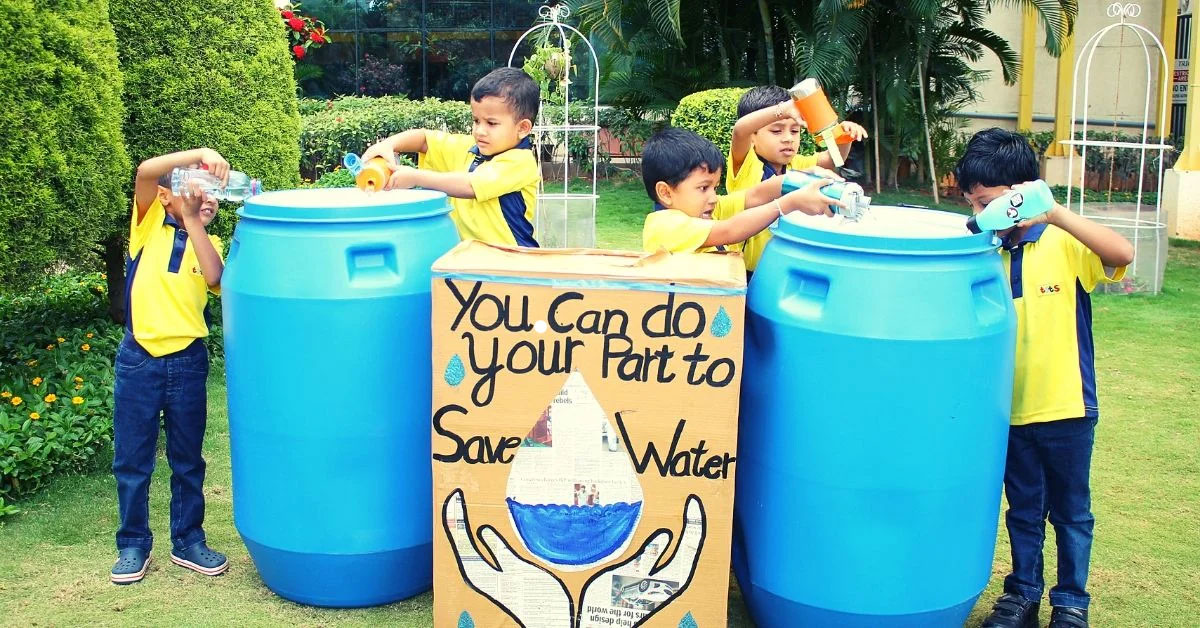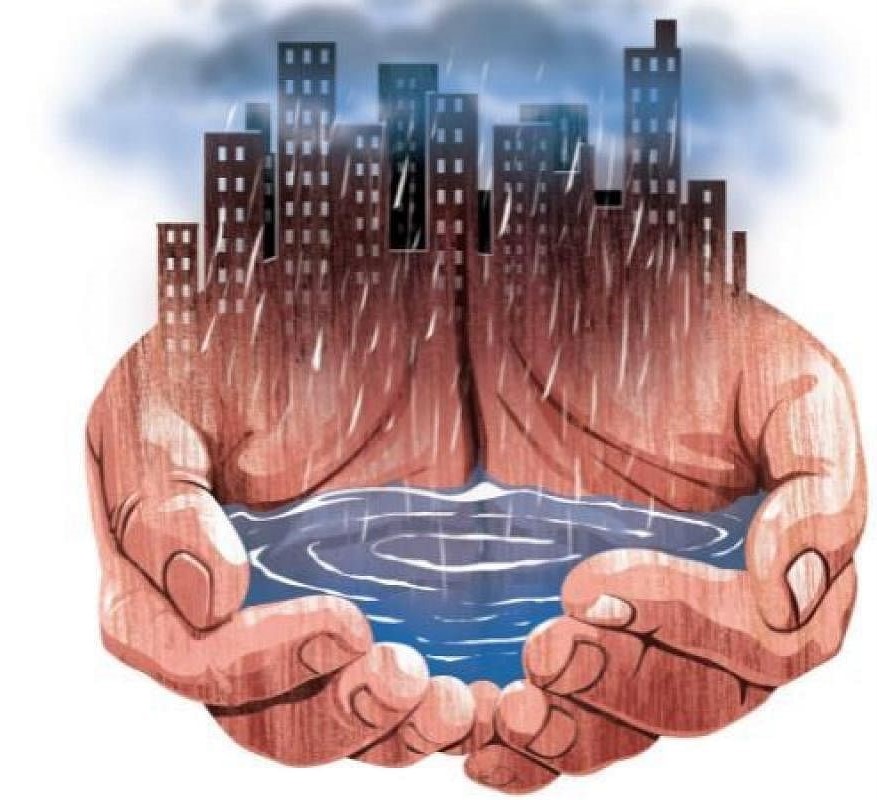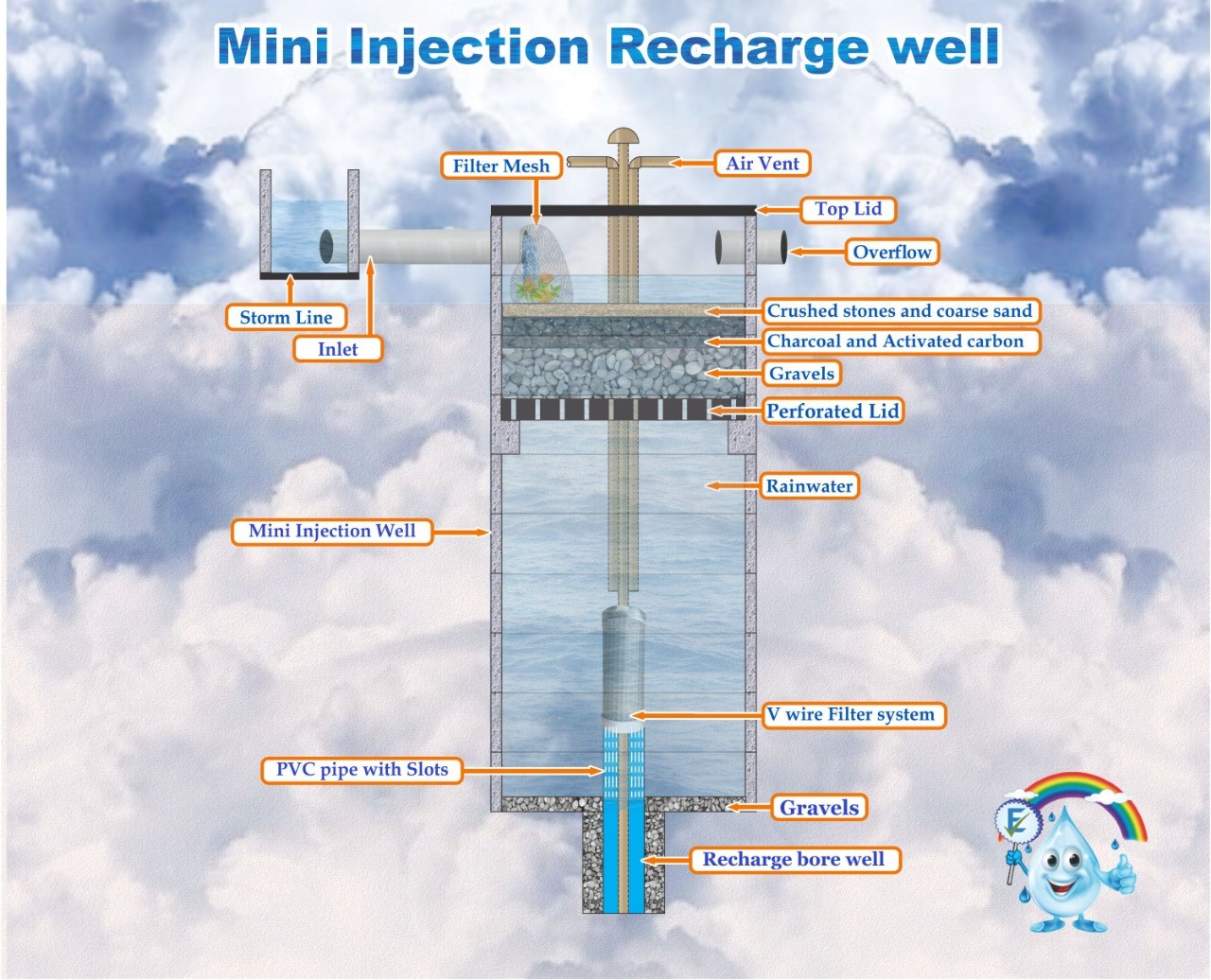Despite school rooftops and playgrounds being the best places for rainwater harvesting, many institutions are unable to implement the system owing to lack of expertise

Photo: Getty Images
Last year, NITI Aayog released a report on the composite Water Management Index, warning that India was facing its “worst” water crisis and that demand for potable water would outstrip supply by 2030 if steps were not taken.
According to the report, “Twenty-one cities, including Delhi, will run out of groundwater by 2020, affecting 100 million people.” The report also mentioned about the declining level of ground water, which has been decreasing from 0.5 meters to more than 2 meters per year at different places in Delhi and could lead to a crisis if it is not stalled in the near future.

Photo Credit- The Times of India
The National Green Tribunal (NGT) has been directing all educational institutions in the Capital to install rainwater harvesting (RWH) systems in their premises at their own cost since 2017.
According to the status report submitted on November 20, 2018, the NGT committee imposed a Rs 5-lakh fine on schools and colleges where there are no RWH systems (around 40 per cent schools) or the existing ones are not functioning.
In a number of news stories, schools are being blamed and targeted for not following the order. But no one questions why these schools were not able to implement the same in spite of such stringent orders.
In fact, schools that were able to follow the order and install RWH systems, are clueless about how to operate and maintain them. Instead of blaming schools, it would be better to question if there is enough support being provided to them in terms of expertise regarding implementing RWH systems and the benefits they would achieve in the long run.
The need of the hour is to provide an enabling environment to these institutions. The following points can help in achieving this goal:
Awareness about water sustainability through RWH: Firstly, schools/institutions need to be made aware of the enormous benefits of implementing RWH in their premises and how suitable it is to apply this concept in educational institutes than in any other land use type. In general, schools have a vast catchment area consisting of not only the rooftop but also the huge playground that can collect the runoff. The RWH system, if implemented in school premises, will not only help in water augmentation in terms of groundwater recharge or storage but can also act as a flood control measure.
This green initiative can be further used as a demonstrative project for knowledge dissemination and to create an understanding of sustainability among students within the education programme (Course curriculum, clubs, green fair, being part of green schools audit programme etc).

Photo Credit- The Better India
Creation of zones according to site conditions of the school: Let us take the example of Delhi here. All schools located in the National Capital Territory (NCT) of Delhi have varied site conditions in terms of groundwater depth (ranging from 2 metres below ground level to more than 60 metres below ground level); terrain (rocky near the Ridge to alluvial near the Yamuna flood plain) and the surrounding land-use pattern.
These attributes can be categorised into different zones namely North, South, West, East and Central. The current guidelines provided by the Delhi Jal Board (DJB) only cover different options of groundwater recharge. However, according to the site conditions, the type of RWH system to be implemented would vary.

Photo Credit- The New Indian Express
For example, a site in East Delhi with a shallow aquifer would not require a recharge structure. Rather, a few options of retention area or storage structure would suffice. There is a need to give RWH options according to the site conditions within the NCT of Delhi. This would help the user (school) to identify an appropriate type of RWH system based on its location.
Support from government engineers: For appropriate RWH implementation, there is a need to provide technical and managerial support to schools. It is the duty of government engineers to provide the hand holding to these schools. For example, one engineer/official could be designated for 3-5 schools in Delhi so that the process could speed up. The schools then would come up with the best possible designs that would be sustainable and beneficial in the longer run.
Although there was an attempt to provide rain centers and a list of contractors in Delhi in 2016, schools were unaware of the centers; the list of contractors was never released. Due to this, the facility is hardly used. To speed up the process and create consensus between schools and the government, there is a need to provide support to schools till the actual implementation of a relevant RWH system.
Capacity building programmes at different levels: Capacity building is key to disseminating knowledge related to planning, designing, operations and maintenance of RWH system in schools. Short-term training programmes covering different subject areas on RWH systems should be conducted for target audiences.
For example, training programmes can be conducted for teachers and school administrative units; for government officials for handholding the school; for operation maintenance etc. This model would be useful not only for appropriate design and implementation but also for creating overall awareness.

Shivali Jainer is deputy programme manager, Urban Water-Waste Management, Centre for Science and Environment, a New Delhi-based non-profit
Vardhman Envirotech
India’s Passionate rainwater company
This article is published on: Down to Earth, 15 May 2019
We would like to spread this for the benefit of fellow Indians.
